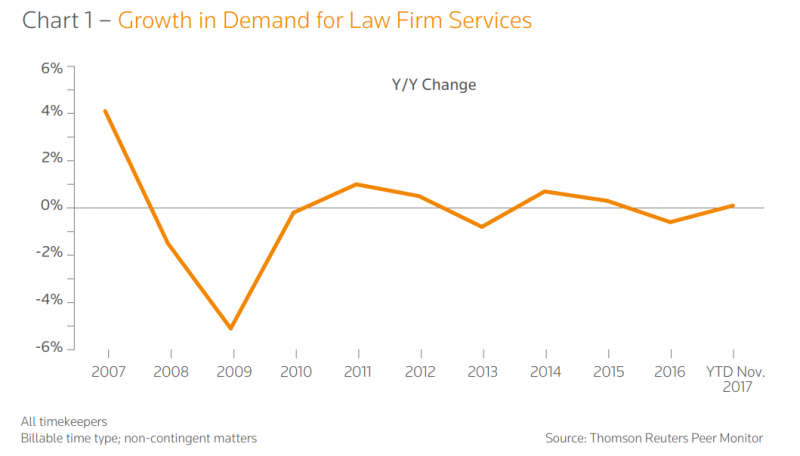
Picture this.
You’ve just signed up for a free trial of Bill4Time. You’re looking to maximize your Family Law Firm’s performance. You know what you want. You’re looking to achieve rapid (and profitable growth).
You want more clients.
You’re looking for a dramatic reduction of your non-billable work. A way to reduce billable leakage and avoid filling out timesheets altogether. You’re not sure about practice management software but you’ve decided to give this a chance.
How do you get the most out of Bill4Time?
Step #1: Throw everything you have at Bill4Time
Use it as your workhorse.
Skepticism is an important part of belief. When law firms take advantage of our free trial they’re skeptical. Can the platform do what they say? Is it really possible to produce the results others have experienced?
Skepticism shows you.
Add your clients, projects and matters. If you’re not sure how, ask a real person to help you get started. Dump your problems onto the platform. You’re looking to see if the platform can handle your heaviest workload with zero malfunctions or setbacks.
- How long does it take you to set up all of your client/matters and begin billing time?
- Drop your clients, projects and matters on the platform
- Verify that automatic time tracking is truly automatic
- Outline billing, invoicing and collections
- Throw your accounts receivable and collections at the system
- Test the platform on desktop, smartphone and mobile simultaneously
You’re looking for downtime or failure points.
You’ll want to push the platform as hard as you can. Upload documents, test compliance requirements (e.g. LEDES exporting). Push the software as hard as you can, for as long as you can.
Why?You’re confirming three things (1.) that Bill4Time can support your firm where you are right now, (2.) that it can produce the results you need whenever you need them and (3.) the platform can grow as fast as you need it to.
Step #2: Confirm features are interconnected
Features are nice.
But can they work together? Are these features interconnected? Can they perform as expected together or will the system wilt under pressure?
- Do the calendar and event tracking sync with billing, invoicing and collections? Are these features a seamless part of your billing workflow?
- Can you transfer/convert appointments and events into your billing workflow?
- Are you able to manage and maintain firm-wide standards across a variety of environments and rule sets?
- Can you track various billing rates for hourly/flat fee work across all associates?
- How easy is it to record, view, and edit time entries? Can you automatically feed them into invoices?
- Is the platform’s trust accounting functionality accurate, reliable and straightforward?
- Are staff required to enter/track time or manage timesheets?
- Can you add/create multiple cases under one client without having to duplicate the client?
You’ll want to verify that relevant features work together flawlessly. Data that’s added in one part of the platform should remain consistent across other feature sets.
Look for consistency.
Step #3: Validate our customer service
How good are we really?
Can you reach a real person when you call? How long does it take to connect with someone via live chat? When you do connect with us what’s the support like?
- Are support reps knowledgeable and clear?
- How often are your questions answered completely and concisely?
- Are support teams patient and kind or are they condescending and rude?
- How long do you have to wait for help or a reply to your support ticket?
- What do other customers say about the product?
- How do support teams handle “dumb” questions?
- Will support reps import your clients for you?
You’ll want to verify and validate our customer support.
Use your questions to test the platform
Look for results.
A dramatic reduction of your non-billable work. A way to reduce billable leakage and avoid filling out timesheets altogether. To improve your firm’s utilization and realization rates.
Squeeze out value.
Add your clients, projects and matters. Confirm that relevant features are interconnected. Validate our customer service. Push for value, confirm results.
Put us to the test. Start your free trial today.




 Bill4Time product team releases new and enhanced features, system improvements, and bug fixes several times per week. Organized by month, the Release Notes blog series will highlight all the changes we’ve implemented, so you can easily stay up-to-date on what’s new.
Bill4Time product team releases new and enhanced features, system improvements, and bug fixes several times per week. Organized by month, the Release Notes blog series will highlight all the changes we’ve implemented, so you can easily stay up-to-date on what’s new. Thank you to Finances Online for including Bill4Time as a Top 3 Legal Practice Management Software, Top 10 Billing Software and awarding us the Great User Experience Award.
Thank you to Finances Online for including Bill4Time as a Top 3 Legal Practice Management Software, Top 10 Billing Software and awarding us the Great User Experience Award.
